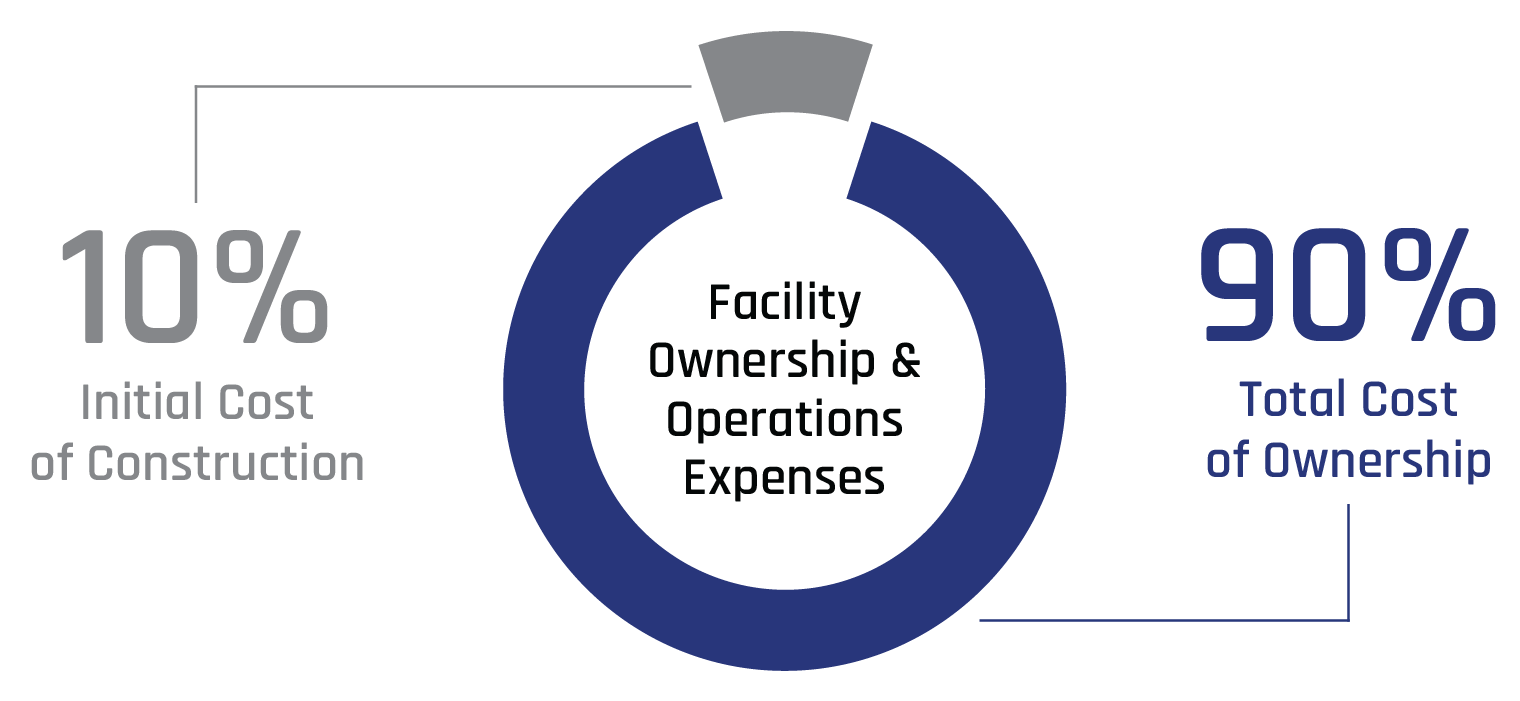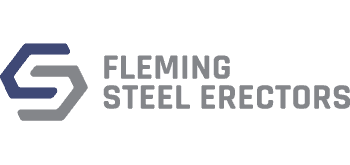Value Engineering in Construction – What is it and When Should You Use It?
As an efficient, cost saving strategy for designing large construction projects, value engineering is hard to beat. But what is it exactly? When is it worth the investment? And how do you select a company to be sure it is done right?
What is Value Engineering?
Simply put, value engineering is the method of engineering a project for maximum value, both in the short and in the long term. The point of value engineering is not to find the least expensive materials and construction solutions for their own sake, but rather to design and construct a building of lasting value by examining every part of the construction process – from equipment rental, to timeline management to materials – and determine the best execution over the course of the entirety of the project. The overall point of value engineering is to create the most value over the entire life of the building. This view strategizes for affordable ways to approach upfront building costs without sacrificing the material quality and workmanship that are required for lower overall total cost of ownership in perpetuity.

What is the First Step of Value Engineering for Pre-Engineered Metal Buildings (PEMB)?
The first step of value engineering for a PEMB is to partner with a steel erector or contractor with a solid knowledge of PEMB design, and to have that partner be involved in the process as early as possible. Problems often occur with PEMB construction because the design side and the erection side of the project do not communicate enough with one another. In this situation, the design process is siloed, then the plans are handed over to the erector and any issues that occur over the course of the project are dealt with on the fly. Because the construction partner bid the job based on completed plans, working under the assumption that every part of the project will be executed without issue, when problems arise (which they inevitably will), the result can be expensive change orders that drive the total cost of the project far above what was originally proposed.
Partnering with a steel erector firm with knowledge of design – and having them involved from the outset – can help avoid expensive later stage construction problems. An erector with design know-how can review the plans and communicate with the design team about potential issues while the building is still just on paper.
Constructability, Accessibility, Safety, Materials and Workmanship – With Value Engineering, It’s All Accounted for in the Design Phase

-
-
-
- Is there existing jobsite access for the heavy equipment necessary to implement the design? Are there roads in and out of the jobsite or do they need to be created? Will these roads impact the potential for erosion and the elevations upon which the design is built?
- Does the design call for materials based on aesthetics – such as roofing and lighting – that will negatively impact the total cost of ownership over the life of the building?
- Is the assembled construction team experienced enough to address project complexities with skill and capability? Is there a specialty labor pool available locally or will specialists need to be brought in from other cities?
- Are there aspects of the design that require added worker safety considerations to protect team members from injury?
- Is every aspect of the project feasible or are there elements of the design that simply defy the laws of physics?
-
-
Even when working with best-in-class PEMB designers, the potential differences between planning and execution must be addressed as early in a project’s lifecycle as possible in order to avoid expensive change orders down the road. And while the questions above are just a few of the concerns that are addressed when implementing value engineering, they are a clear representation of the value that this process brings to the project. Because the fact is, designers rarely consider local labor pools, the quality of the road approaching the property and whether or not the proposed roofing system is prone to leaking after fifteen years.
Test of Quality and Capability – Can Your Steel Erector Partner Deliver on Value Engineering?
At a very basic level, the value engineering capabilities of a steel erector partner are a good indicator of the type of construction services you are buying. At FSE, we pride ourselves on delivering the construction services that you want and need. Whether it is materials + erect or labor only, we are committed to the idea that value engineering is a long-term cost savings strategy, and we know from decades of experience that the earlier we are involved in the project, the smoother the entire process will be.



